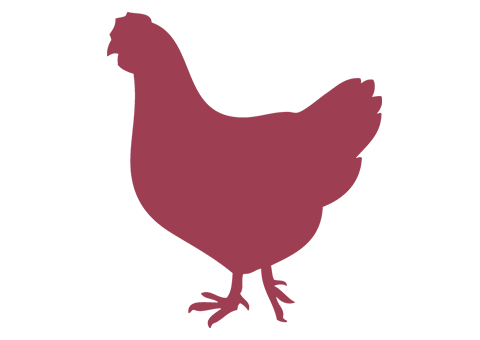Cattle
The availability of commercial SNP genotyping chips has not only advanced the potential of genomic selection by cattle breeders, but also facilitated a new wave of research to uncover hitherto unknown signatures of selection in indigenous and cross-bred cattle populations in the tropics. CTLGH strategic partners and their collaborators have contributed to this research both before and since the inception of the Centre. As the timeline of reports in Table 1 shows, researchers have not only been quick to adopt SNP “chip” technology, but have also availed whole genome sequencing methodologies, including the first uses of both genome-wide SNP and full genome sequence data to investigate the genetic diversity and population structure of tropical cattle. These studies also begin the task of making the connection between signatures of selection and candidate gene regions that may be associated with environmental adaptation.
Further reading
- Genome wide analysis reveals the ancient and recent admixture of East African Shorthorn Zebu from Western Kenya
- Signatures of positive selection in East African Shorthorn Zebu: A genome-wide single nucleotide polymorphism analysis
- The genome landscape of indigenous African cattle
- Cattle genome-wide analysis reveals genetic signatures in trypanotolerant N’Dama
- Signatures of Selection for Environmental Adaptation and Zebu x Taurine Hybrid Fitness in East African Shorthorn Zebu
- Genomic signatures of adaptive introgression and environmental adaptation in the Sheko cattle of southwest Ethiopia
Small ruminants
Exploitation of emerging genotyping technologies is also evident in signatures of selection studies of sheep and goats. The efforts of the International Goat Genome Improvement Consortium (IGGC) and the African Goat Improvement Network (AGIN) have produced and availed of the 50k Goat SNP array to explore global goat diversity and adaptation. Similarly, elucidation of genome-wide variation and candidate regions and genes associated with productive traits in Ethiopian sheep has depended on the availability of datasets generated using both the Ovine SNP 50K chip and the more recent 600K version.
Further reading
Goats
- Genome –wide SNP profiling of worldwide goat populations reveals strong partitioning of diversity and highlights post-domestication migration routes
- AdaptMap: exploring goat diversity and adaptation
Sheep
- Whole genome structural analysis of Caribbean hair sheep reveals quantitative link to West African ancestry
- Genetic Diversity and Population Structure of Ethiopian Sheep Populations Revealed by High-Density SNP Markers
- Genome-Wide Variation, Candidate Regions and Genes Associated with FAT Deposition and Tail Morphology in Ethiopian Indigenous Sheep

Chickens
CTLGH researchers are also investigating signatures of selection in chickens, even as SNP genotyping chip technologies continue to evolve. Indeed, a major thrust within the CTLGH Poultry Genomics programme is to assess the feasibility of developing a customised genome-wide genotyping chip for tropical chicken breeds / ecotypes. Meanwhile, improved versions of the chicken reference genome assembly continue to be made available – the latest, Galgal 6.0, in 2018 – allowing sequence data to re-mapped against the latest reference genome.
